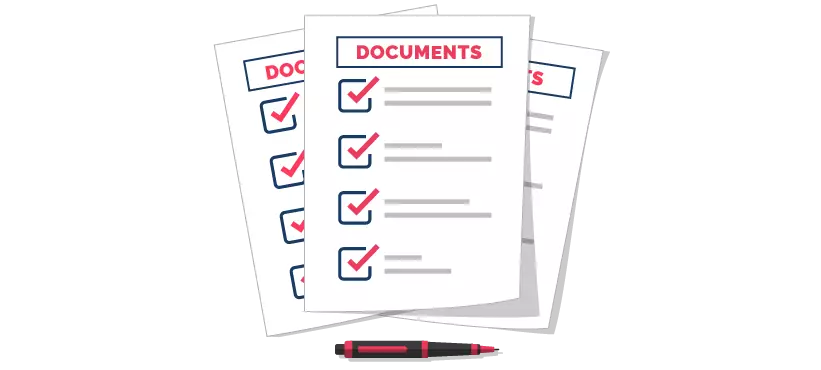Features of Import Export Code (IEC) :
- It acts as the primary proof that a firm is an importer or exporter
- A proprietor can also obtain an IEC, without registering his business
- An IEC exists for a lifetime, it does not need any renewal
- Importers covered by clause 3(1) [except sub-clauses (e) and (l)] and exporters covered by clause 3(2) [except sub-clauses (i) and (k)] of Foreign Trade (Exemption from application of Rules in certain cases) Order, 1993.
- Ministries / Departments of Central or State Government.
- Persons importing or exporting goods for personal use not connected with trade or manufacture or agriculture.
- Persons importing / exporting goods from / to Nepal, Myanmar through Indo-Myanmar border areas and China (through Gunji, Namgaya Shipkila and Nathula ports), provided CIF value of a single consignment does not exceed Indian Rs.25, 000. In case of Nathula port, the applicable value ceiling will be Rs. 100,000.
It takes 1-5 working days to get your Import Export License registration certificate.
IEC number is reflected in all customs documents related to exports and imports.
The IEC registration helps traders open the doors to venture into the global market, including registration in online e-commerce operators.
Businesses can avail government schemes like Merchandise Export from India Scheme (MEIS), Service Export from India Scheme (SEIS) and others from Customs and Export Promotion
Exemptions of IEC :



